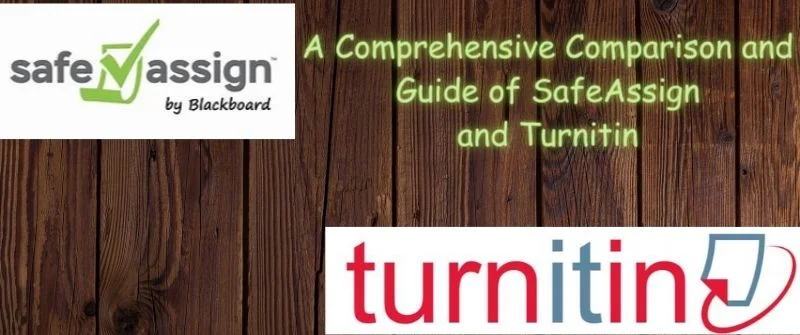Though there are several plagiarism-detecting tools in use out there, the commonly used tools within educational institutions include SafeAssign and Turnitin.
To understand SafeAssign and Turnitin as plagiarism detection tools, it is imperative to conduct a comprehensive comparison between the two to understand their key features.
A Review of SafeAssign
Overview of SafeAssign
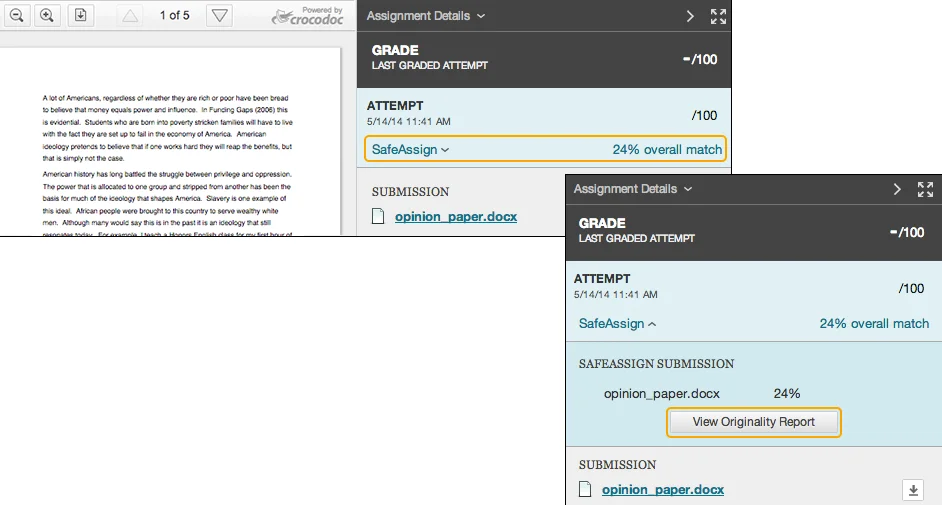
SafeAssign can be regarded as one of the most popular plagiarism detection tools utilized by educational institutions to evaluate the originality of the submitted written assignments.
SafeAssign was developed by Blackboard, which is a widely used Learning Management System (LMS) by educational institutions.
This tool is particularly designed to integrate with Blackboard in such a way that instructors can directly check the originality of the submitted work within the LMS.
It is because of SafeAssign’s integration with the Blackboard and the ease of checking for originality that the plagiarism detection tool is very popular in educational institutions.
Key Features of SafeAssign
The primary features offered by SafeAssign include:
Database Comparison
SafeAssign is capable of comparing the submitted papers against a large database of websites, academic journals, and any document that has been previously submitted through it from the institution.
It checks for any matching text and similarities between the existing sources from the database and the submitted assignment or paper.
Originality Reports
When a student submits their assignment, SafeAssign produces an originality report highlighting where the paper matches or has similarities with other sources. The generated originality report includes a percentage score that indicates the overall similarity index.
Integration with Blackboard
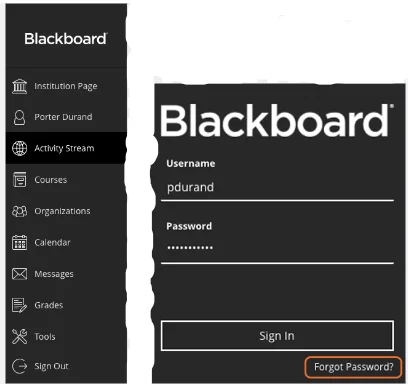
SafeAssign has been created in such a way that it seamlessly integrates with Blackboard to allow instructors to create assignments, collect submissions from students, and access originality reports. All this occurs within the Blackboard interface.
Instructor Controls
Instructors are allowed to control how SafeAssign is utilized for every assignment.
They can allow or deny students to access their originality reports, exclude particular sources from the database from being used for comparison, and exclude quoted text from the similarity index.
Grademark Integration
SafeAssign can also integrate with the Grademark feature of Blackboard allowing instructors to give comments, feedback, and grading directly within the interface.
Privacy and Security
SafeAssign has been designed to maintain the security and privacy of student submissions. Though the submitted papers are compared against the database, they are not shared with third parties or stored.
Moving forward, there are some benefits of using SafeAssign for both educators and students. On one hand, educators benefit from SafeAssign because it promotes academic integrity among their students while streamlining plagiarism detection.
On the other hand, students benefit from SafeAssign because they can do self-assessments and learn more about the appropriate citation practices.
SafeAssign Limitations
The limitations or drawbacks of SafeAssign include:
False Positives and Negatives
Through SafeAssign compares the submitted assignments against a large database of sources, it may sometimes flag a paper as plagiarized when it is not (false positive) or fail to detect plagiarized content (false negative).
Limited Database Coverage
The database used by SafeAssign for comparison does not include all possible resources. It may fail to match the submitted assignment with sources that are not in the database.
Limited Accessibility
Since SafeAssign is meant to integrate with Blackboard’s Learning Management System, it may not be accessible to some subsets of instructors or institutions that do use Blackboard.
Other minor limitations of SafeAssign include the inability to detect paraphrasing, limited feedback from originality scores, and the possibility of system manipulation by students.
All those limitations negatively affect the integrity of SafeAssign. Often, the reports need to be checked manually for verification and interpretation which takes more time and effort.
A Review of Turnitin
Overview of Turnitin
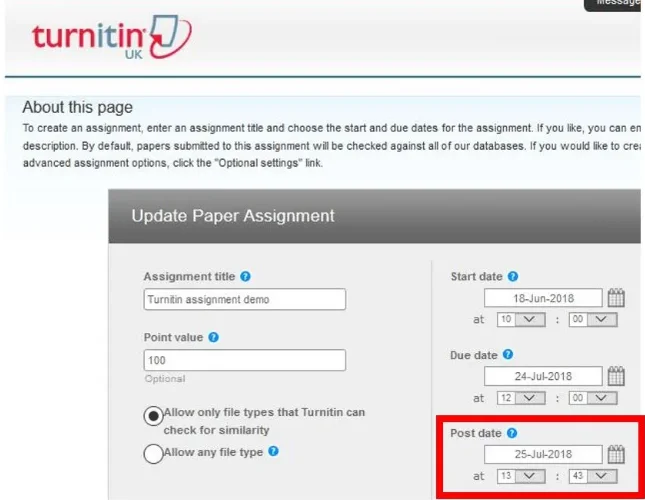
Turnitin is one of the pioneering plagiarism detection tools meant to check for plagiarism in both academic and professional writing.
Turnitin compares the submitted papers against a large database of online and academic sources that include publications, internet content, and previously submitted papers.
Through its sophisticated algorithm, it can analyze text and determine any instances of potential plagiarism such as paraphrasing, direct copying, and improper citations.
Because of its sophistication and efficiency in plagiarism detection, Turnitin has been widely adopted in educational institutions globally such as schools, colleges, and universities.
Students, instructors, researchers, and other professionals use it.
Key Features of Turnitin
The core functionalities or features of Turnitin include:
Similarity Check
The primary feature of Turnitin is to compare the submitted documents against its database to determine the potential similarities or matches.
Originality Reports
When document analysis is completed, Turnitin generates an originality report that highlights the similar text found in the submitted document, creates a percentage of similarity, and provides links to the potential sources of the plagiarized material.
Database of Both Online and Academic Sources
Turnitin has a large database of journals, academic papers, publications, and internet content; meaning that submitted documents are compared against various sources. Educational institutions can also create and maintain their students’ papers database within Turnitin.
Feedback and Grading
Instructors can provide feedback to their students and grade them through Turnitin’s platform. They can also comment, annotate, and provide suggestions to students.
Peer Review

Turnitin allows students to review and give feedback on each other’s work thus promoting constructive criticism, development of critical thinking skills, and collaboration.
Student-Instructor Communication
Turnitin’s platform allows students and instructors to interact, meaning that instructors can give clarifications concerning the assignment and guide students throughout the writing process.
Integration with Learning Management System (LMS)
Turnitin can also be integrated with LMS like Blackboard, Moodle, Canvas, and so on. SafeAssign is only integrated with Blackboard.
Reference and Citation Checking
Turnitin can identify any missing or improperly formatted citations and references hence assisting in ensuring promoting academic integrity.
Data Security and Privacy
Turnitin upholds data security and privacy to ensure that personal information and submitted documents are protected. From the features offered by Turnitin, it is apparent that it offers more advantages to both students and instructors compared to SafeAssign.
Turnitin Limitations
Inability to Detect Plagiarism from Offline Sources
Turnitin relies on online sources that it can access. It cannot access offline journals, books, or unpublished material. Additionally, it always requires internet connectivity to work.
Limited Text-Based Plagiarism
Turnitin focuses on checking paraphrasing and direct copying. It may not be effective in checking other forms of plagiarism such as copied images, ideas, or concepts.
False Positives and Negatives
Occasionally, Turnitin may also give false positives and false negatives. Other limitations of Turnitin include subscription costs and accessibility across institutions, limited feedback on writing quality, self-plagiarism challenges, and limited language support.
All those limitations may impact use satisfaction because some forms of plagiarism like copied images, ideas, and concepts may not be flagged. Additionally, it is ineffective in offline situations. Giving false positives and negatives also affects its integrity.
Comparing SafeAssign and Turnitin
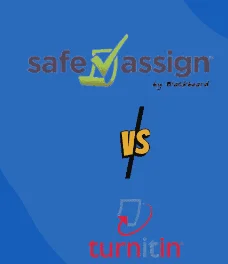
User Interface and Ease of Use
Turnitin’s user interface has more accessibility and is user-friendly compared to SafeAssign. Turnitin has more features that allow users to do more with the tool.
This means that submitting papers and accessing plagiarism reports is easier and faster in Turnitin compared to SafeAssign.
Accuracy and Reliability
While both tools are meant to detect instances of plagiarism, Turnitin is more accurate and reliable compared to SafeAssign.
Turnitin has more database coverage and can detect more forms of plagiarism. This means that instances of false positives and negatives are lower in Turnitin.
Integration and Compatibility
Turnitin is more integrated with Learning Management Systems like Canvas, Blackboard, Moodle, and others compared to SafeAssign which is only integrated with Blackboard.
In terms of compatibility with file formats and document types, Turnitin leads because its usage is not limited to educational contexts only.
Pricing and Availability
Since SafeAssign is restricted to Blackboard, only institutions that are licensed and subscribed to the service can access it. The pricing models depend on institutional agreements.
On the other hand, Turnitin offers a wider variety of ‘availability’ options and pricing models because it is a standalone tool with no limited affiliates. Individuals and institutions can purchase its license and subscribe to it depending on the agreements or package. This makes Turnitin more affordable due to its flexibility.
User Feedback and Satisfaction
1. User Reviews and Testimonials
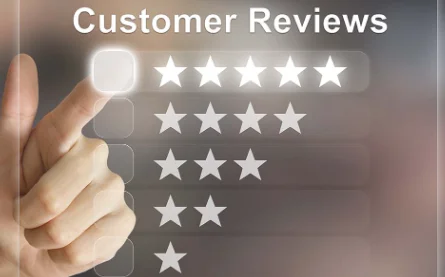
From the real-life experiences and testimonials from educators who have used SafeAssign, they claim that the tool is essential in educational settings because instructors can set assignments on the platform, receive submissions, grade, and give feedback to students.
Though this is the case, more educators seem to praise Turnitin compared to SafeAssign because of its versatility.
Students also share the same perspective with instructors concerning Turnitin’s versatility.
While most educators and students praise the efficient plagiarism detection and time-saving of Turnitin, instructors have noted that SafeAssign often gives false negatives due to its limited database.
2. Comparison of User Satisfaction
Overall, users of Turnitin report more satisfaction compared to SafeAssign. The common area of praise for SafeAssign is its integration with Blackboard which allows ease of communication between instructors and students concerning assignments.
However, the common area of criticism for SafeAssign is that it is limited only to Blackboard, meaning that lesser institutions can access it and it has a lesser database. On the other hand, Turnitin is praised for its sophistication in plagiarism detection and its ability to also detect artificial intelligence (AI) generated content.
The common criticism is that users are tired of Turnitin giving false positives, especially when it comes to AI-generated content. Users can write from scratch but still be flagged for AI content.
Conclusion
Both SafeAssign and Turnitin are effective plagiarism detection tools. However, Turnitin is more versatile, integrated with multiple Learning Management systems, and has access to a larger database compared to SafeAssign.
Therefore, in comparison, Turnitin is a better and more advanced plagiarism detection tool compared to SafeAssign.
